I am so thankful to Cherie from Travel for Change to have invited me as a guest on her blog. She writes a responsible tourism and child-safe travel blog for all those who want to wander differently yet ethically. She is compassionate and inspires us all to think about our travel choices when traveling throughout Asia. Below is my post, creating awareness about gibbons in Thailand and what you may encounter when you travel.
Hi, I’m Fee, The WildLife Wanderer. I have done my fair share of volunteering and wandering around the world. Always searching for the next project I can give my time too. Volunteering with animals is my passion. At first, it was a way to get the experience I needed to land my dream job. It turns out; my dream is to continue volunteering! I want to help animals that need extra support, love, attention and a voice to create much-needed awareness around the world.
To volunteer, is to sacrifice your time to help others in greater need. Whether it is to volunteer with animals or with people. If you have found yourself reading this article, you must have an interest in volunteering. Your generosity, kindness, and passion to want to help others are incredibly rare and you should know that about yourself.
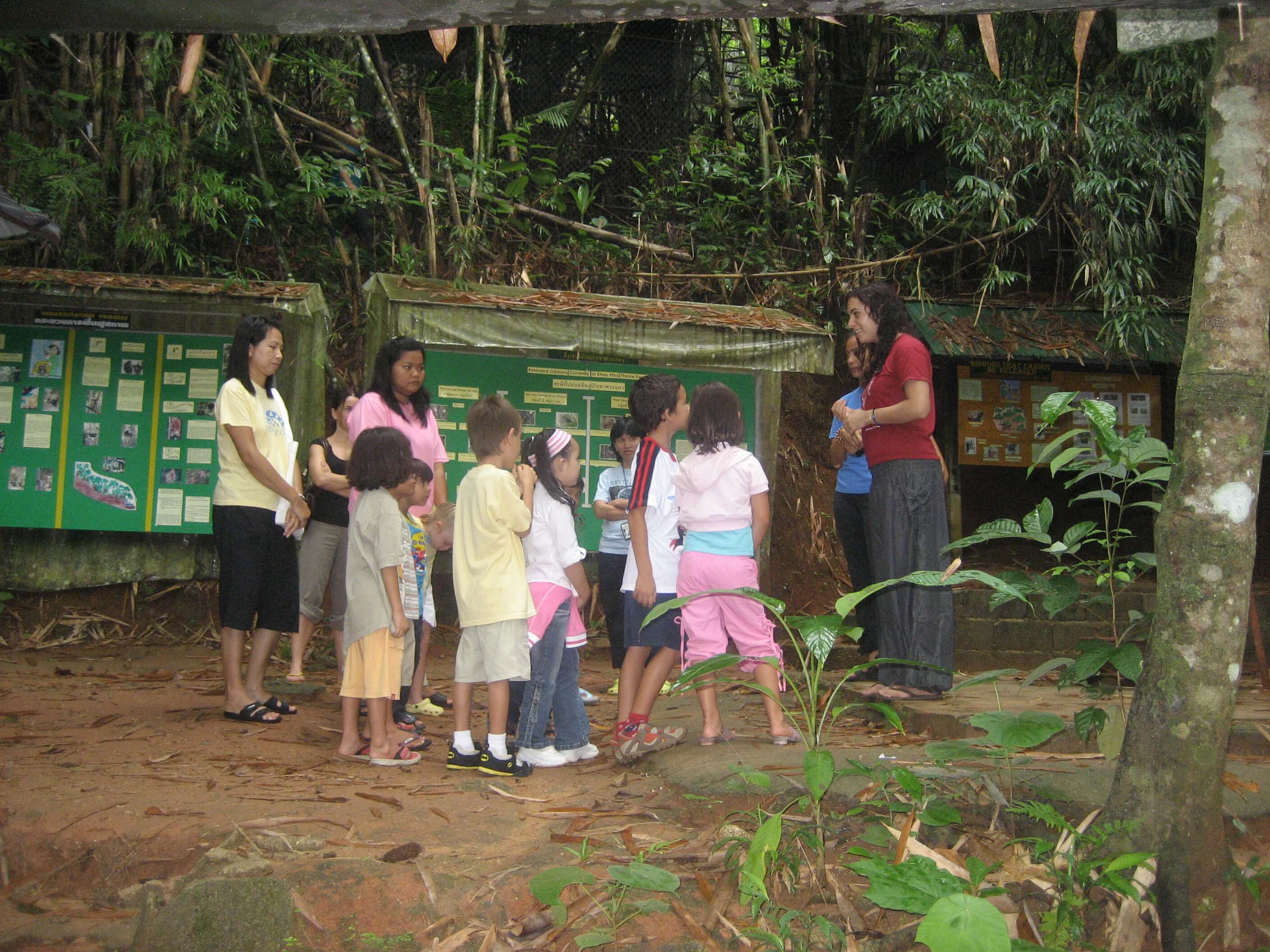
Group of school children visiting the project
When you volunteer with animals, you are often dealing with helpless, mistreated, voiceless beings who have suffered unimaginable circumstances from the hands of uncaring, non-compassionate humans. Money is often the cause of animals suffering, but it can also be due to lack of education. Whenever I search for a project to support I ensure that education is a large aspect of their work; education to the local community and tourists alike. Without ongoing education, the mistakes already made will continue to occur.
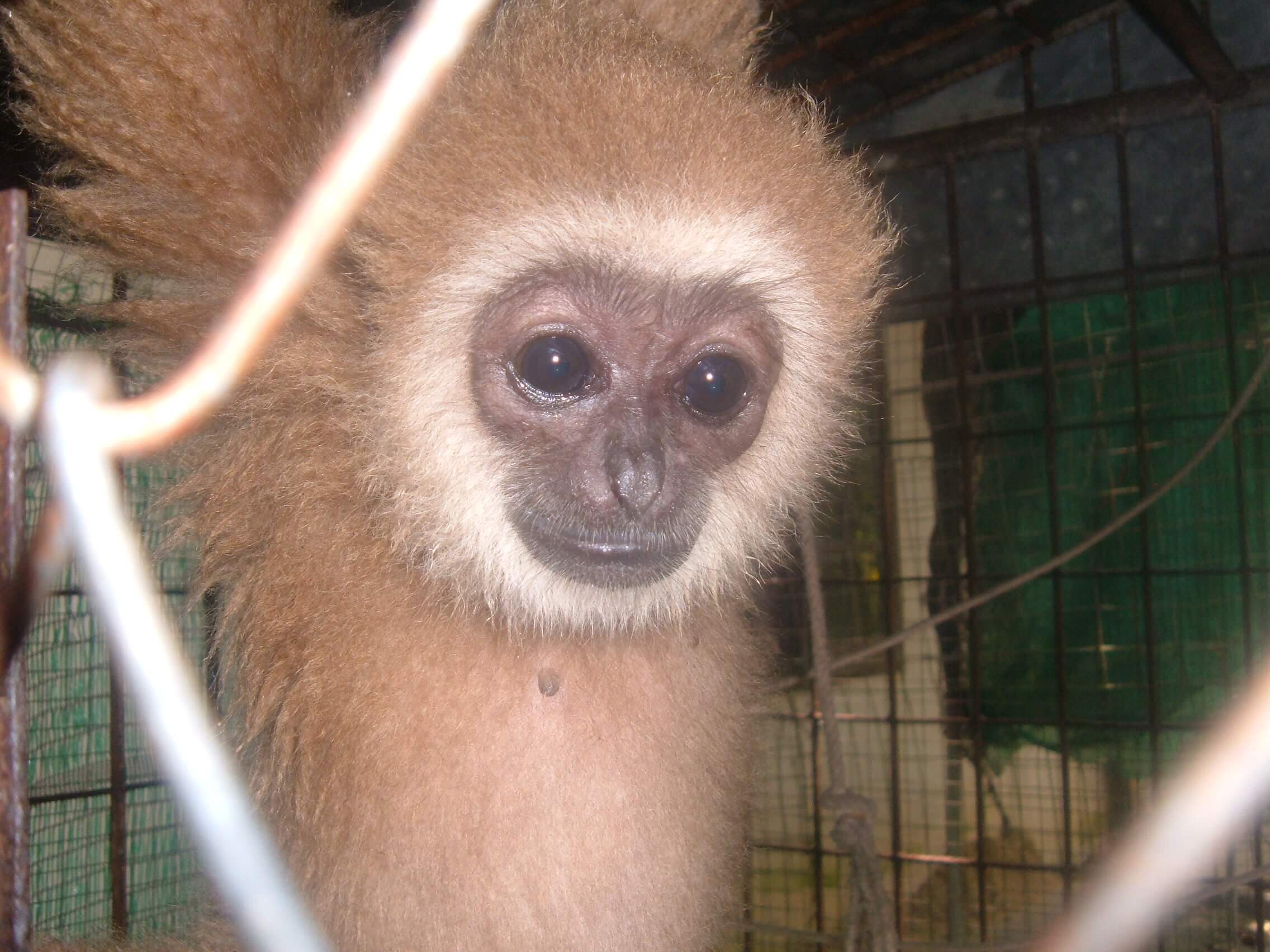
Volunteering in Thailand with White-handed Gibbons at the Gibbon Rehabilitation Project was my first overseas volunteer experience and one that will live with me forever. It was challenging, rewarding, joyful, sad, frustrating, tiring and emotional but most of all it was inspiring. I worked alongside volunteers from all over the world, helping the local staff ensure all the animals in their care were healthy, fed, clean, safe and free from harm.
As a volunteer, I had the responsibility of educating the tourists that visited the project. I explained why this project was necessary and how they could help stop the gibbon pet trade. I also had the opportunity to speak to local school children about the projects efforts and its mission. The project opened my eyes to the suffering these animals endure before they arrive at the project.
There are still many gibbons who continue to endure pain and suffering living on the streets of Asia. Used as photo props, or to entice tourists into local bars. If you are in Asia and see a baby gibbon with his handler on the streets, asking for money to have your photo taken with the gibbon, please refuse and spread the word!
Drugging the gibbons is common practice, to help them stay awake after dark and to keep them docile. Some have had their canines removed, to reduce chances of them attacking and causing harm. When gibbons are used in bars to entice tourists inside, they are often chained, have been taught how to drink out of a straw, drink alcohol and even smoke cigarettes! This is no way for any wild animal to live. Eventually, they become older and too hard to handle. They are then kept in a small cage in a basement, rarely fed and ultimately abandoned.
The lucky ones are surrendered, confiscated or rescued and placed in a charity where they can be rehabilitated and possibly released. If you see a gibbon on the street, please be a responsible tourist and report it to the police. Please don’t buy the gibbon! For every baby found on the street, a family of gibbons has been killed. As a result, we do not want their handlers to have a reason to get another gibbon.
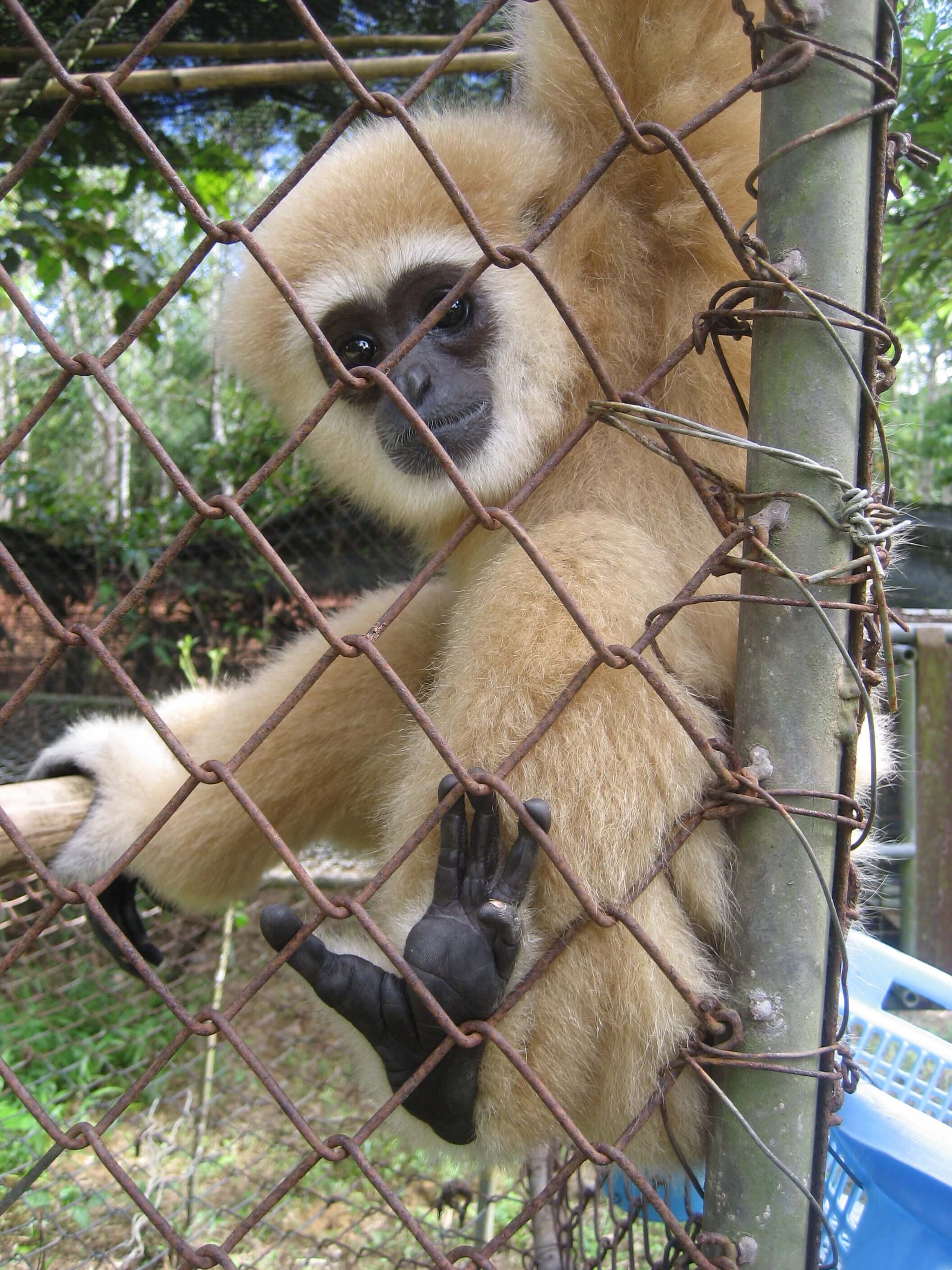
If you want to volunteer in Asia with animals, just make sure the project is doing what is best for the animals and not for the benefit of themselves. Do your research and make sure the well-being of the animals is their first priority. Donations must be appropriately allocated. Allowing the project to be sustainable within the community.
Ask the project the following questions:
How much are you paying and where is the money going?
What is the project’s mission?
Do they have an education centre to create awareness?
Are they involving the local communities in rescuing and rehabilitating the animals?
Are they giving the locals another form of income, rather than animal exploitation?
There are many things to consider before embarking on a volunteer expedition; research is definitely important! I wish you the best of luck getting out into the world and volunteering your time for a good cause. I hope it is as satisfying and inspiring as it has been for me.
Thanks again to Cherie from Travel for Change Blog for allowing me to spread this important issue. I ask you to join me in supporting her. For further inspiration traveling Asia in a sustainable manner please visit her blog.
Thanks for reading!
Please leave a comment about anything you read, or if need any advice. I would love to hear from you.
You can join my community on Instagram and Facebook to keep up to date with what I’m up to around the world! xx
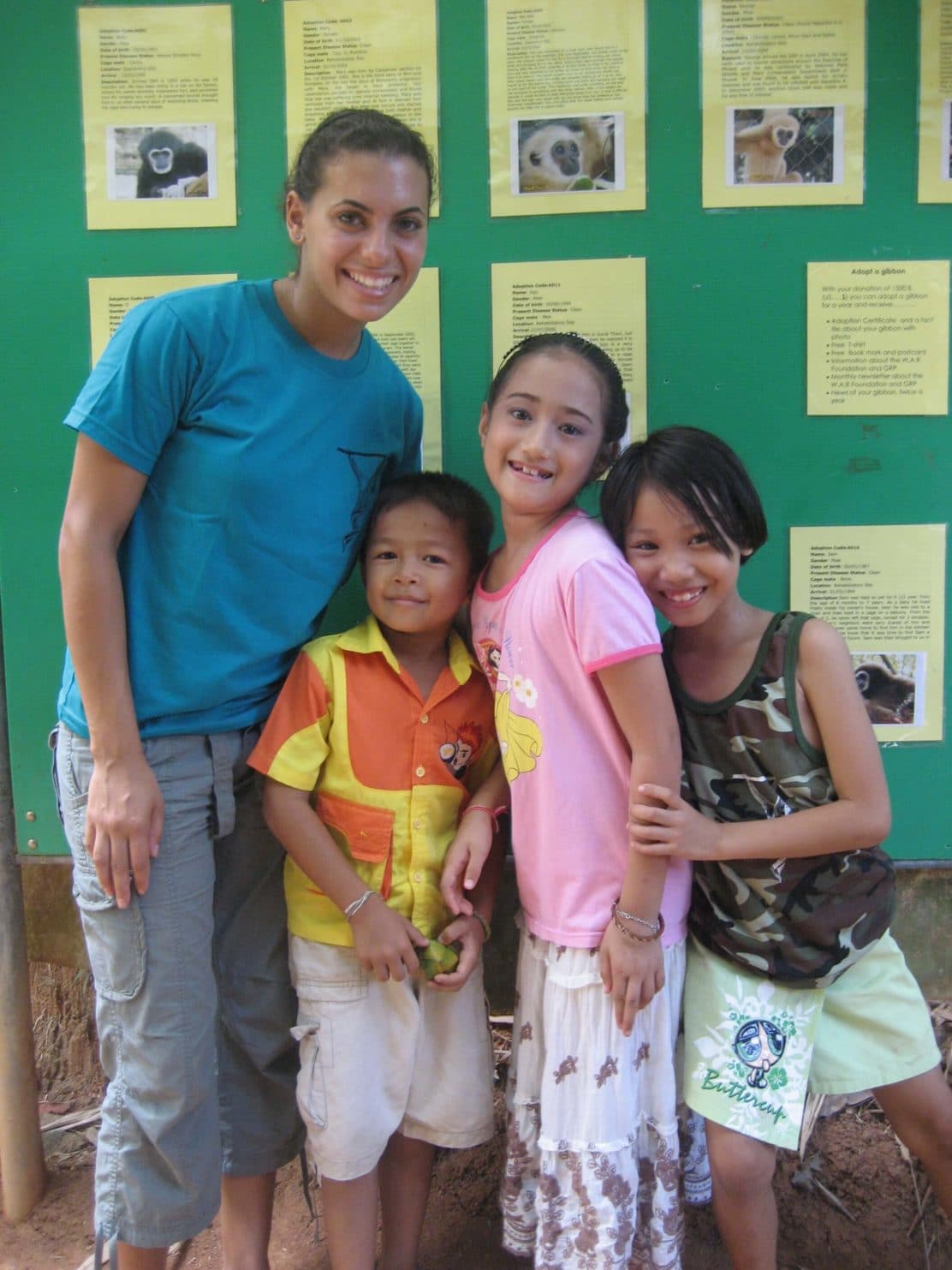
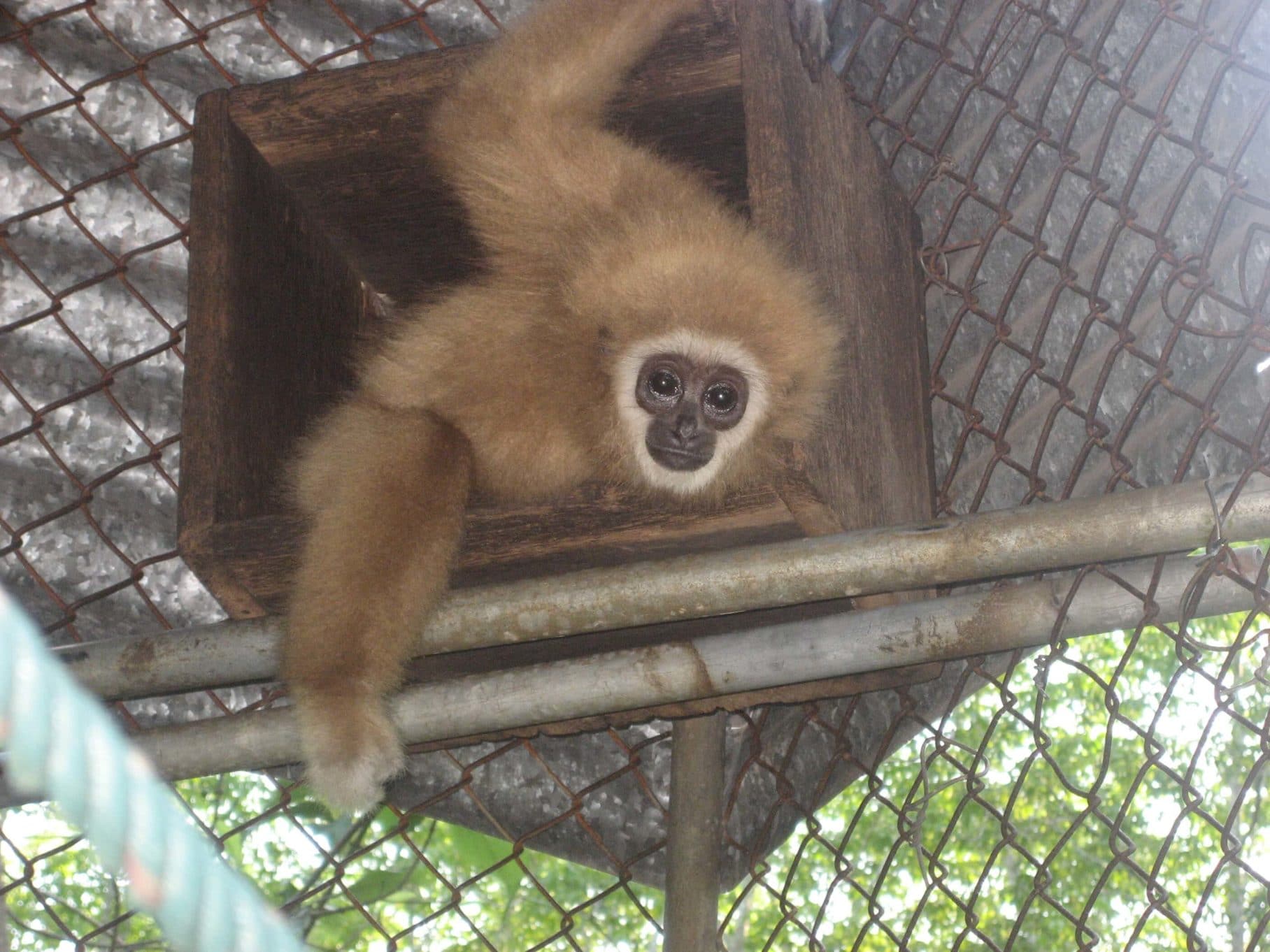
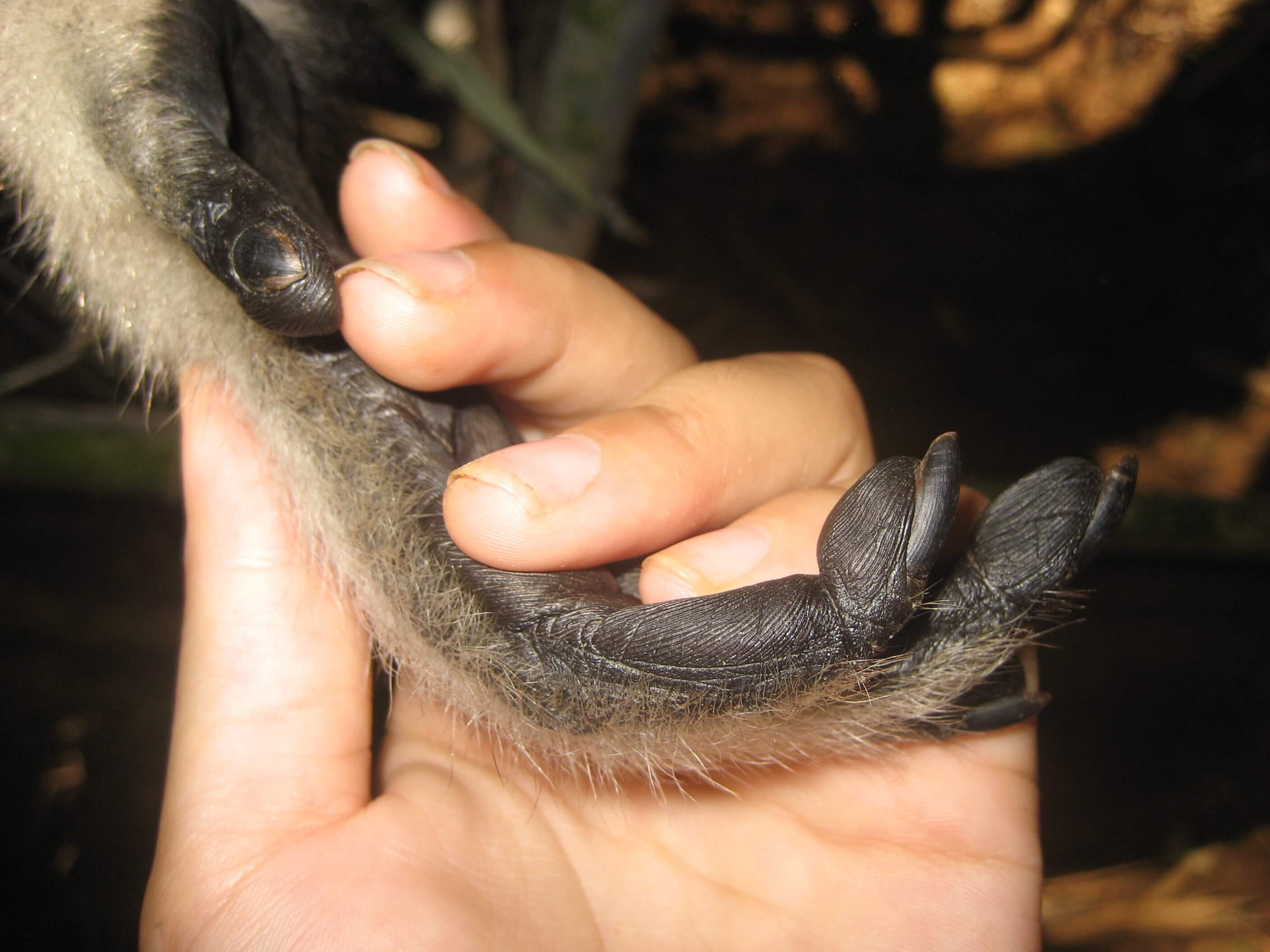
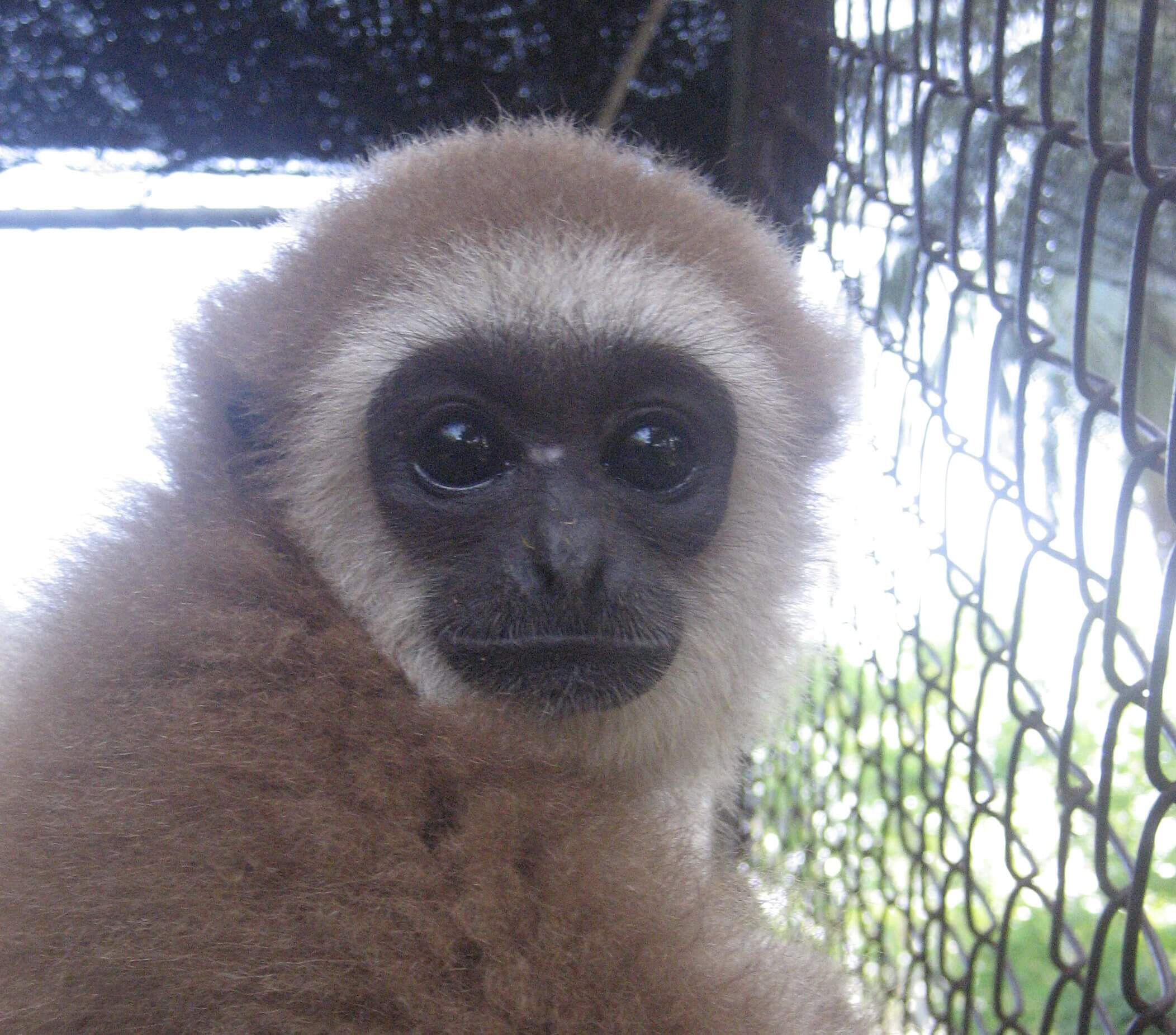
I feel that is one of the most significant information for me.
And i am glad reading your article. But wanna commentary on some basic things,
The site style is perfect, the articles is in reality nice : D.
Just right job, cheers
My pleasure Carlo, thanks for your commentary. Always nice to hear.
I am wildlife illustrator and i love to illustrate animal faces nature and wildlife it gives me a feeling of peace.
That’s such a beautiful and wonderful talent you have. I’m so happy you have this passion. I would love to see some of your work 🙂
I believe it’s great to have people like you spreading the word and i can’t wait to start doing the same next year. I love volunteering and am increasingly interested in wildlife/marine conservation. Who knows? Our path might cross one of these days!
Safe journey to you dear and keep up the good work!
Thank you so much for reading and commenting. I appreciate your support. I hope you enjoy your volunteer travels and experiences. The more people interested in animals and their welfare the better! Good luck on your endeavours and hopefully we can cross paths one of these days.
I every time spent my half an hour to read this webpage’s content all the time along with a mug of coffee.|
I’m so glad to hear you can read my blog alongside your daily coffee, enjoying and learning! Perfect!
Awesome things here. I’m very happy to peer your post. Thanks so much and I’m having a look ahead to contact you. Will you please drop me a mail?|
I’m really happy to hear that you enjoy my posts. Please contact me when ever you need advice etc. Very happy to help fellow animal lovers.